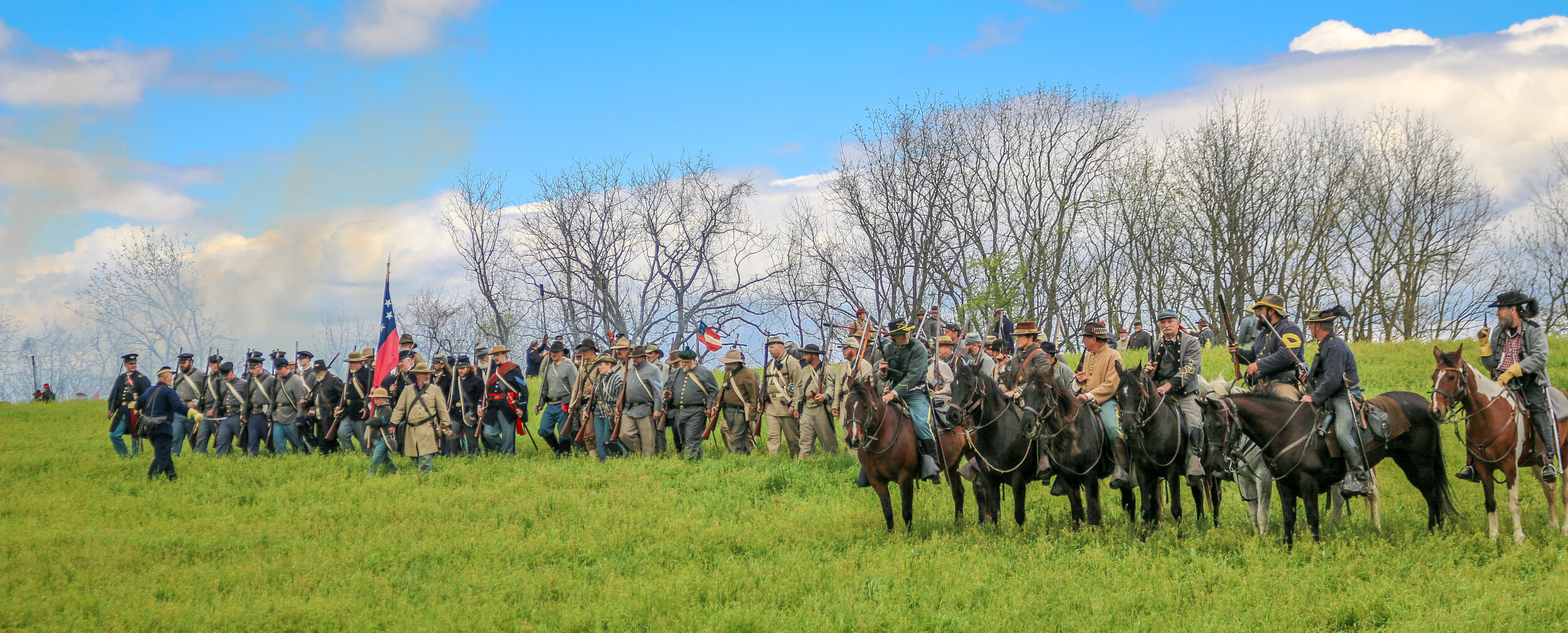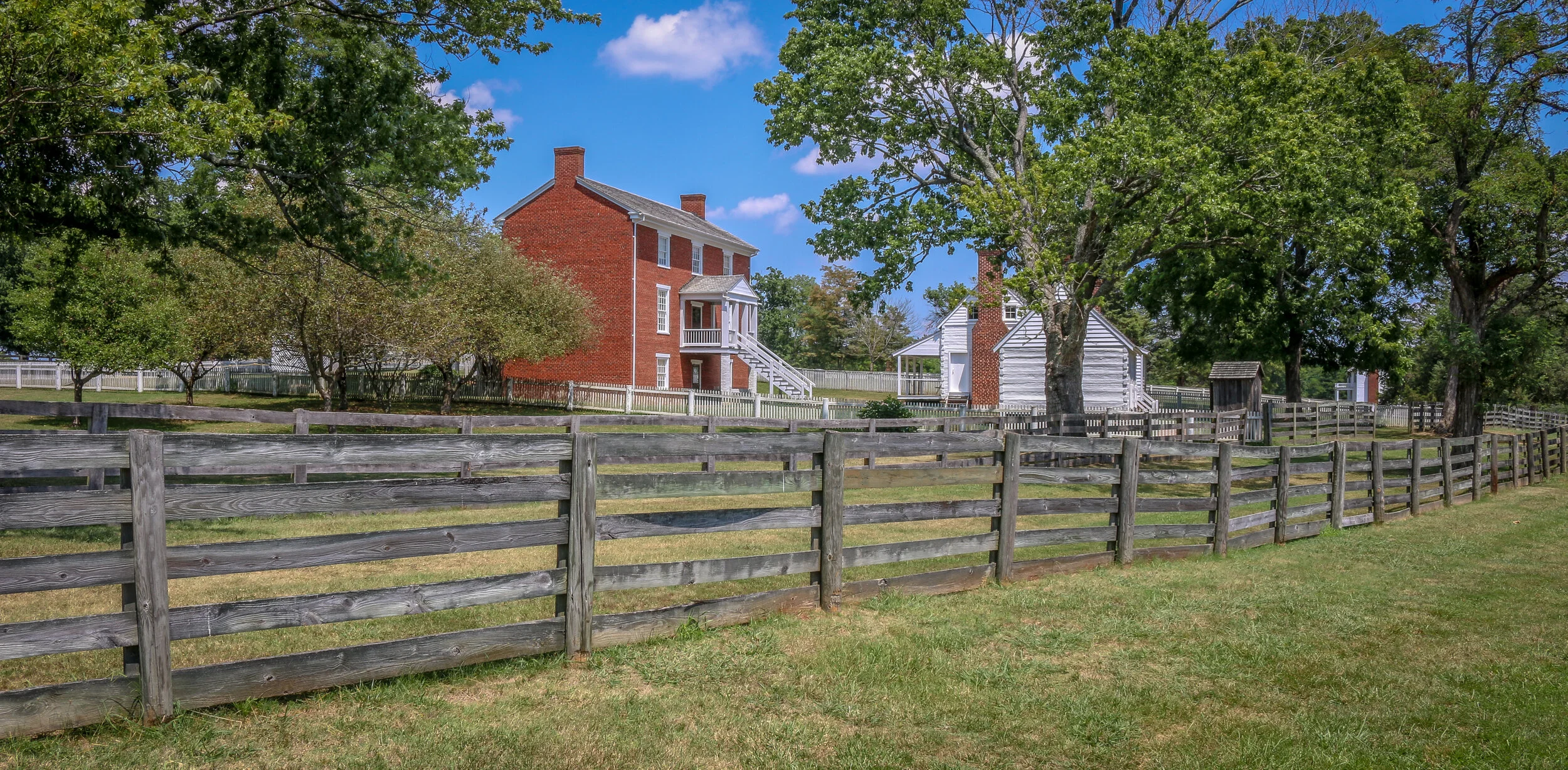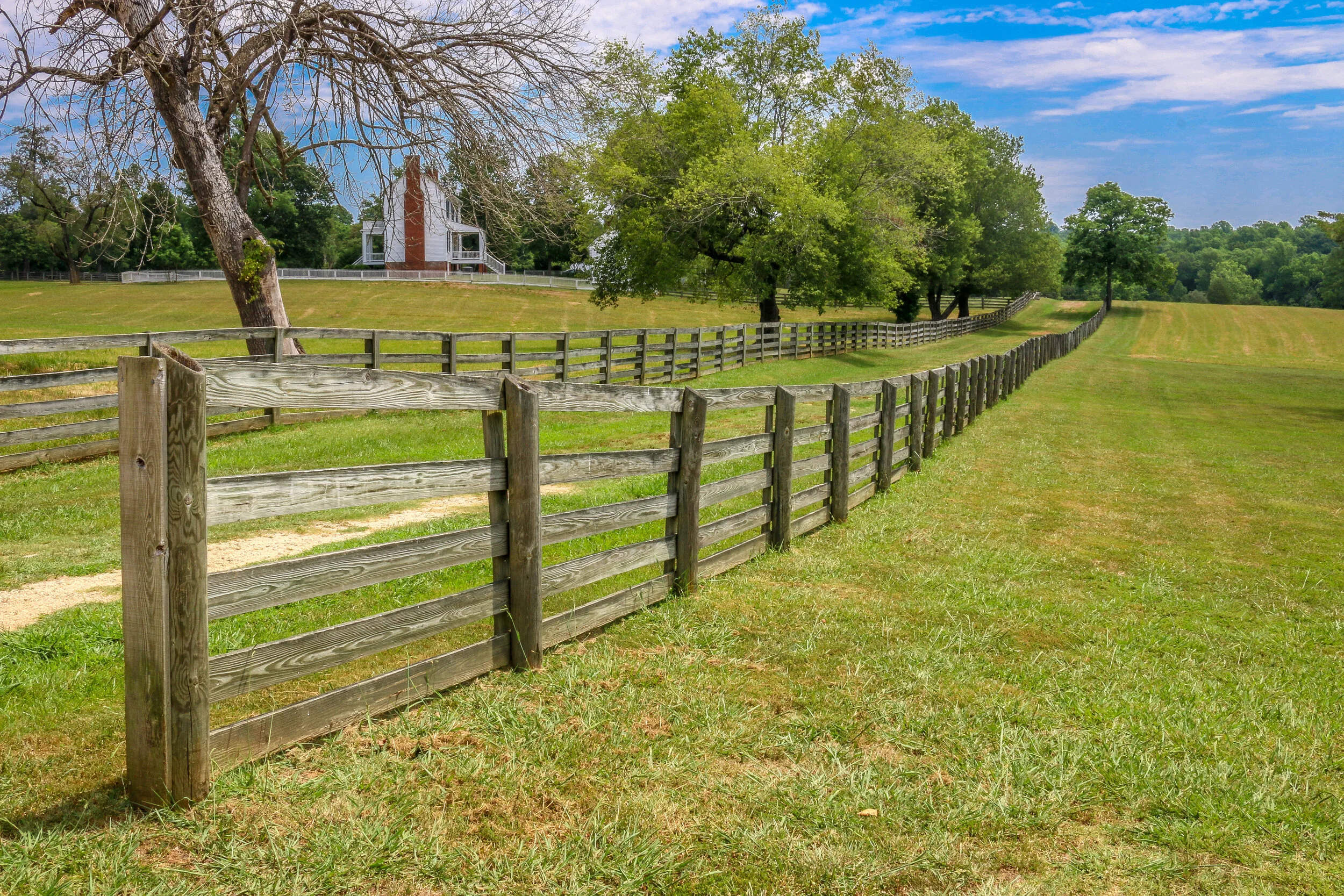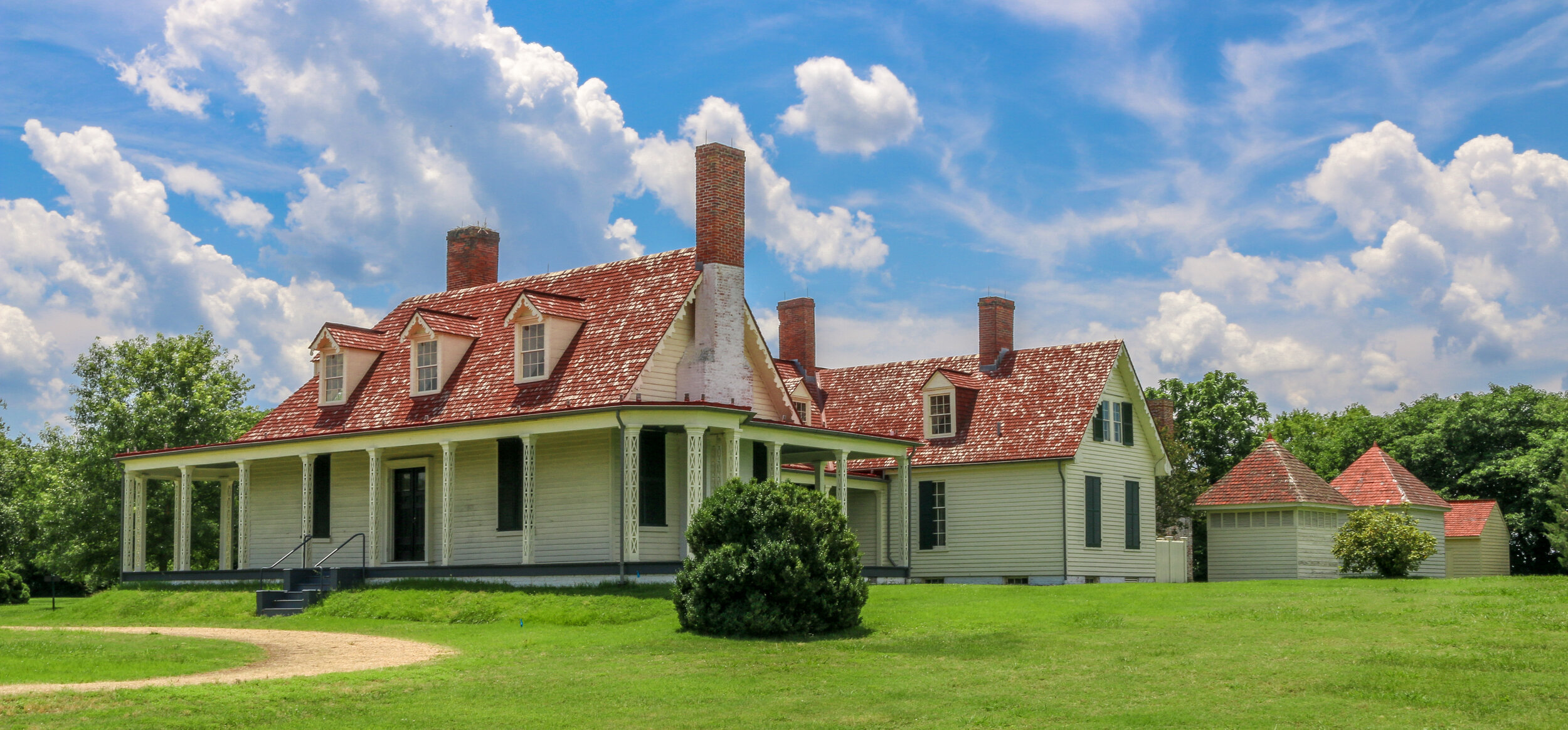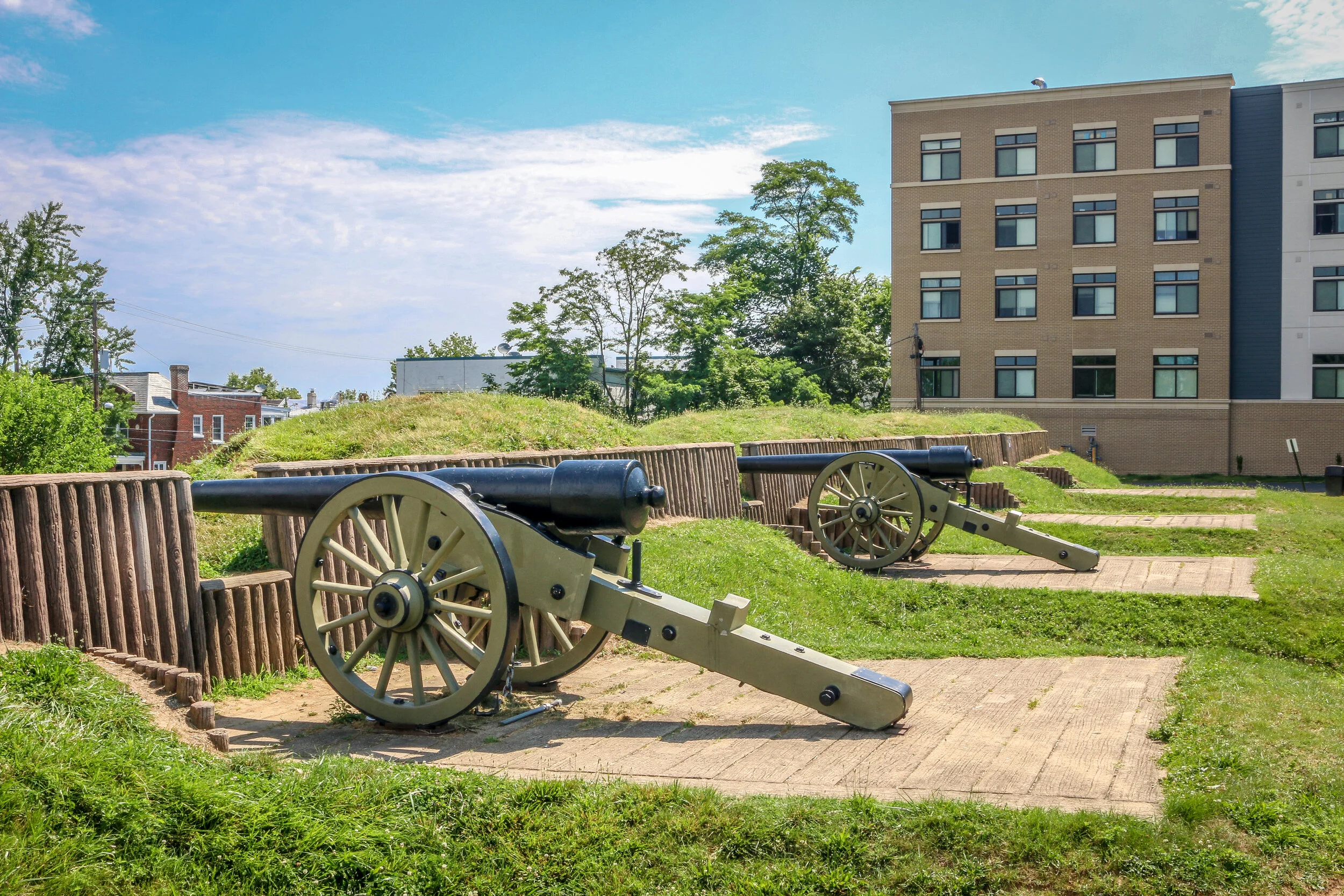Hello Everyone, well the dog days of summer are definitely in full effect here in Washington D.C. It’s been a while since I’ve been here in the middle of summer and I’m starting to remember why. With daytime temperatures nearing a hundred degrees and high humidity, it keeps me inside much of the day. I’m grateful to have an inside to be in during this pandemic, but I miss my outside life. I try and get up early and go for my morning walk and spend some time outside in the evening, but the heat of the day is pretty unbearable right now. But July is coming to a close and by this time next week August will be just over the horizon with fall hot on its heels. I’m looking forward to fall with its cooler temperatures and beautiful colors, and my camera and I are planning on taking full advantage of the foliage this year. But that’s getting ahead of myself and I’m still trying to make the most of the summer and my time here at home. I’ve been keeping up with my guitar and violin practice and they are bringing me joy and pleasure. I’ve been writing and actually making some progress on my book, although I’m still pushing through the first couple of weeks of the journey which were cold and painfully lonely, but also liberating and beautiful. And I’ve gotten out of the house this week despite the heat for a few good excursions.
This week I’ve had school reopening on my mind as the young man I’ve been tutoring this summer and his family are looking ahead at that issue. While the older I get, the more I realize I don’t know about many things, education is one of those things I’m still pretty comfortable discussing with some authority. While by no means an expert on the topic, I spent five years as a teacher, teaching in 12 different schools in 4 cities on 2 continents. I’ve taught 5 year olds and adults and I’ve taught in public, charter and private environments. As I look at school reopening, I wish it were being addressed everywhere in the old-school school-board setting (which thankfully it still is in many places). I think parents, teachers and community members all need their voices and concerns heard and their decisions respected. I’ve met very few teachers in my life who don’t want to teach and very few parents who didn’t want their kids in school or students who didn’t at least want to be at school. But these are extraordinary times with extraordinary consequences and as anyone who has ever seen how fast head-lice can spread in a school will tell you, things have a way of getting around in a school building pretty quick. I’ve seen some very well thought out plans, and the advice from the CDC on the topic is thorough and well-researched as well, but I also understand a host of reasons why you would want to keep your kids home until there is more known about this virus. I also sincerely hope that no school in the country will follow the model of so many towns reopening plans where people have just run out into the streets without distancing or masks under the delusion that none of this ever happened or was ever real to begin with. A school full of sick kids is a nightmare nobody wants. I will say here, and y’all know I don’t wade into politics here very much, but I truly wish the head of the Department of Education had any experience at all in public schools. I’m truly concerned for our nation’s children and I hope that each community will make these difficult decisions based on science, fact and input from those parties with the most at stake.
Also this week I enjoyed watching Chris Wallace interview the president. I’m not going to get into that interview, but I really like Chris Wallace, and knew him quite well many years ago. His son, Peter, was in my Boy Scout troop and was a friend of mine (and still is, though I haven’t seen him in years) so Mr. Wallace was around for many of our events and activities. Of course he was just a local newscaster back then, but he was well respected and seemed like a good guy. It makes me smile when I see him on national TV and I remember he always liked my peach cobbler when I made it on camping trips.
Anyways, enough of my rambling, I have done some cool things this week and am happy to share those with you here. Because we didn’t travel last Tuesday, we took a bit of a ramble on Thursday instead. We set off to explore the city a little bit and see the small handful of houses in Washington D.C. that were built around or before 1800. It was a fun jaunt around the city which took us to some cool neighborhoods we don’t get to a lot. I hope to publish the photos from that tour here this weekend. It was fun, and nice to drive around the city with a mission.




